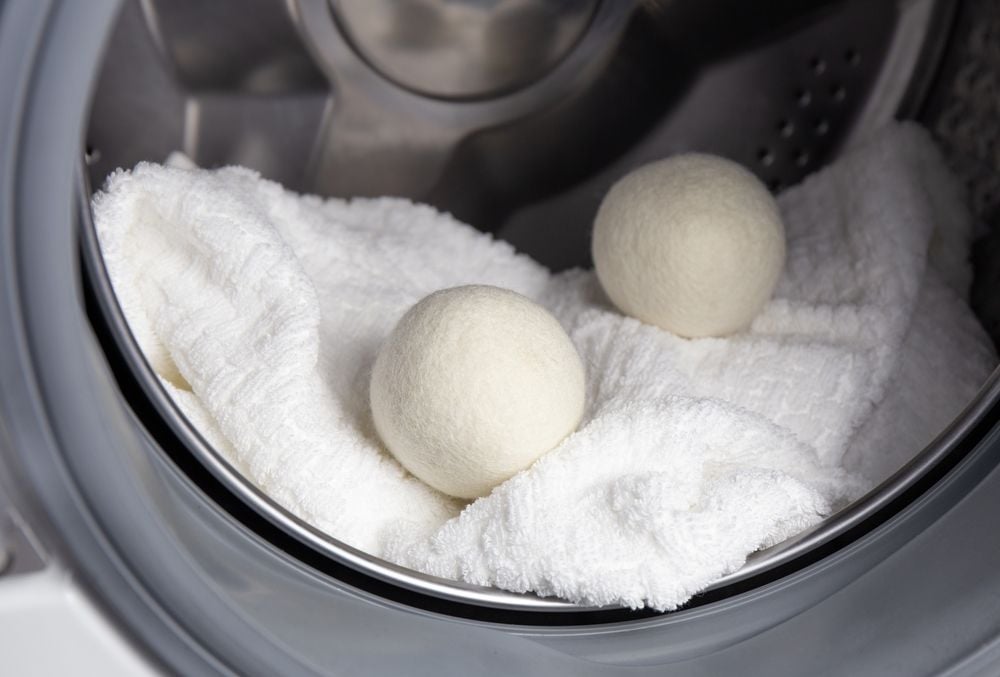Dossier
DIY: how to make natural dyes at home
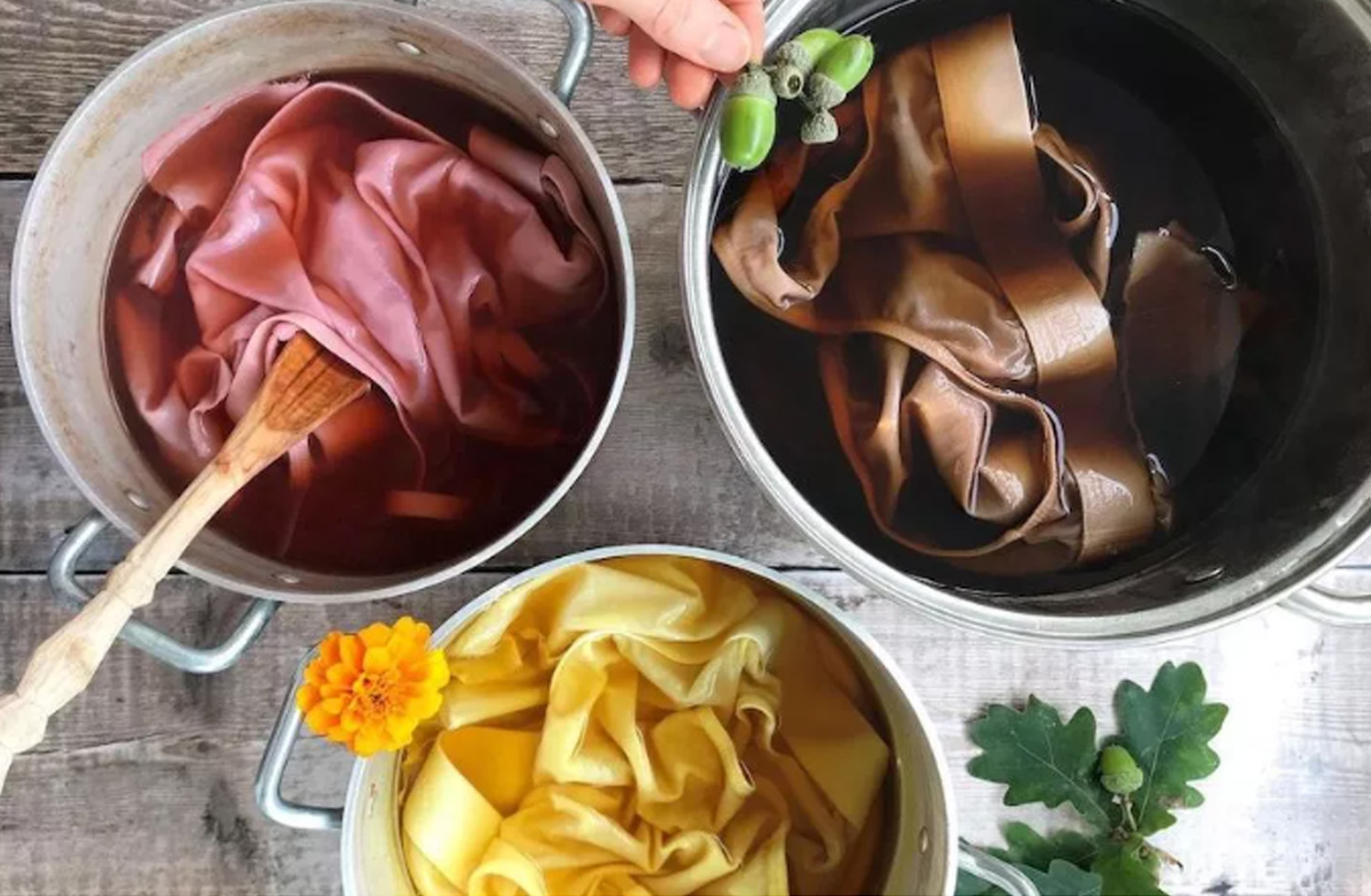
What are natural dyes?
Natural dyes are dyes obtained from sources such as plants, minerals and sometimes insects. These dyes have actually been used for centuries, since long before the advent of chemical dyes. Today, the growing interest in sustainability and craftsmanship has given them new life and, in some cases, opened up avenues for experimentation and “professional” proposals.
Natural dyes: some advantages
- are biodegradable and do not release substances harmful to the environment
- each natural dye has unique and non-repeatable shades and color variations
- the process of natural dyeing can be relaxing and meditative, a true therapy against stress, because it is a slow process that requires a lot of patience and attention
How to prepare the fabrics for dyeing
Before beginning the dyeing process, preparing the fabrics is an essential step. This process is called “scouring” and is used to fix the color. The most common mordants are salt and white wine. You immerse the fabric in the mordant and let it soak for at least an hour; then wring it out and let it dry.
Choose the most suitable fabric
- natural fibers such as cotton, linen, silk, and wool are ideal for natural dyes
- no to synthetic fibers, because they do not absorb this dyes well


Natural dyes: where to get them
From plants and vegetables
- yellow: turmeric and onion peels
- red: beets and berries
- blue: red cabbage, elderberries, indigo
From herbs to spices
- brown: coffee and tea
- green: alfalfa and spinach
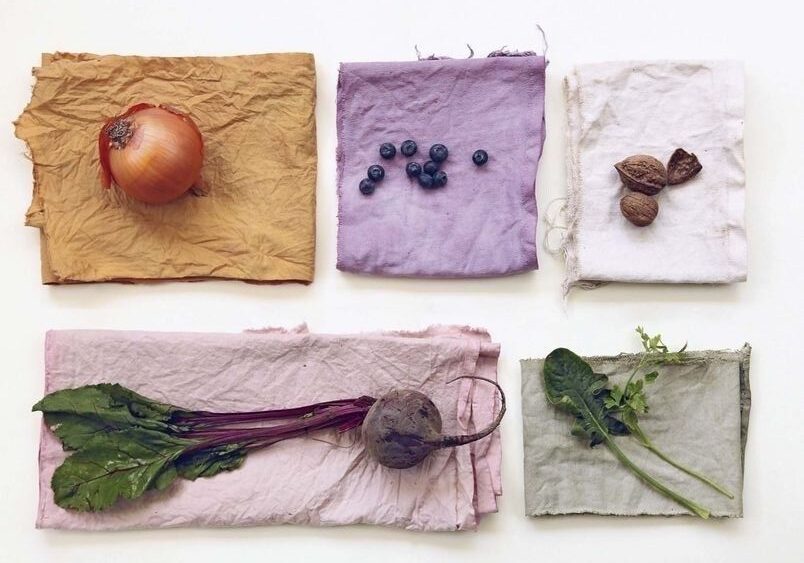 © Via Caitlynirwin.com
© Via Caitlynirwin.com 
The dyeing process
The process of dyeing is divided into three steps:
- prepare the dye: the chosen dye is put into a pot with water and brought to a boil. It is allowed to boil for an hour to extract the color
- add the fabric: the fabric should be immersed in the dye and allowed to soak for an hour, stirring occasionally
- rinse and dry: the fabric is removed from the dye, rinsed with cold water and allowed to dry
Tips for effective dyeing
- you never stop learning and experimenting with different materials combined with each other
- natural dyeing is the enemy of haste; it is almost a meditation practice that requires time and patience
- recording recipes in a proper working diary is absolutely necessary in order to replicate the results later
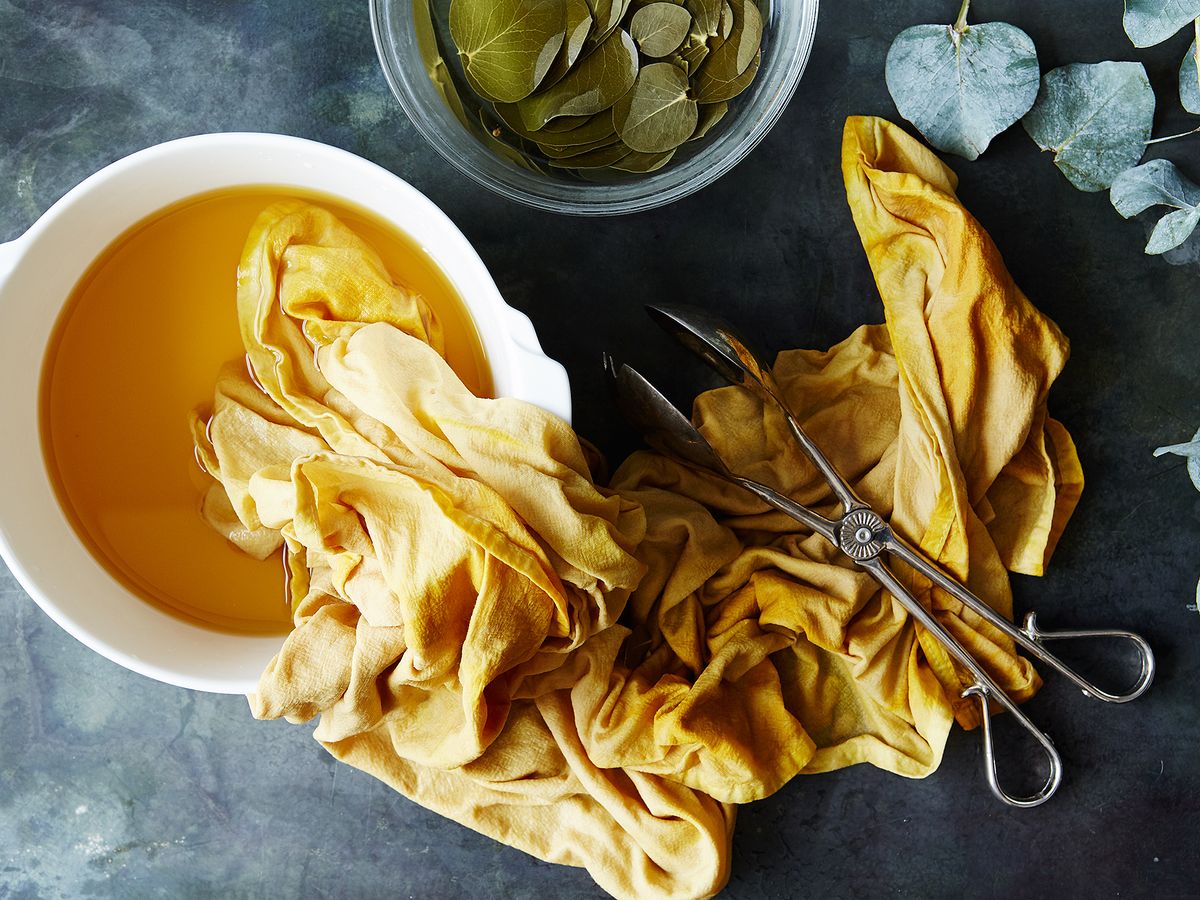 © Alpha Smoot
© Alpha Smoot 
A few technical insights
The impact of pH on colors
The pH of the water and materials used can significantly influence the end result of dyeing. For example, an acidic environment can intensify some colors while dampening others. Better, therefore, to use pH test strips to monitor and adjust the acidity of the dye bath.
Durability and care of dyed fabric
The durability of color obtained with natural dyes may vary. To preserve color intensity, dyed fabrics should be washed by hand in cold water, avoiding harsh detergents and prolonged exposure to sunlight.
Tones and Shades
Overlapping dyes can create complex tones and shades. For example, by first dyeing a fabric yellow with turmeric and then blue with red cabbage, various shades of green can be achieved.
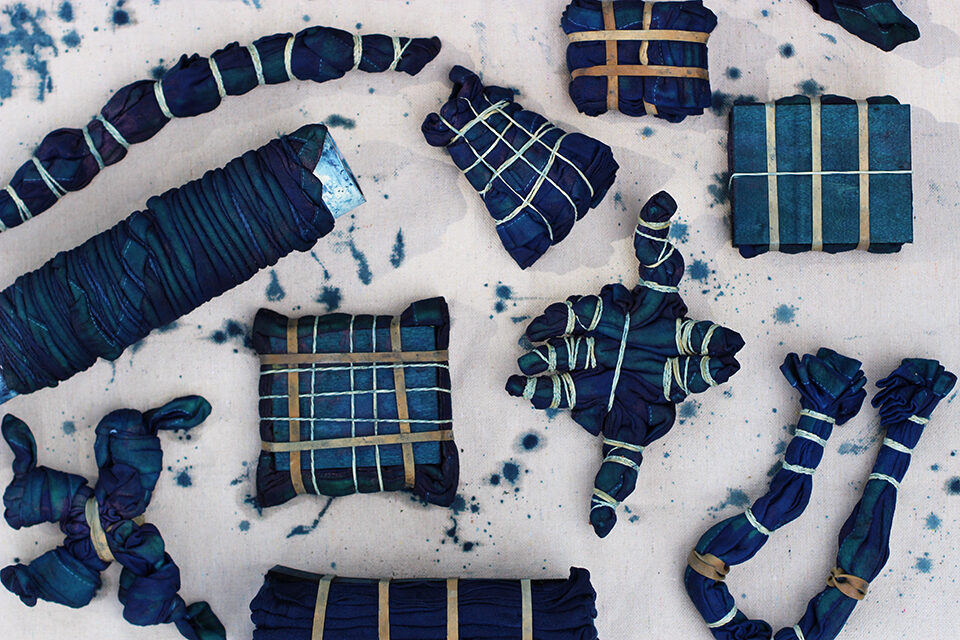 Tecnica Shibori ©Kim Meuli Brown | Kakishibu persimmon dye
Tecnica Shibori ©Kim Meuli Brown | Kakishibu persimmon dye 
Creating this dyes at home combines creativity, science, and sustainability. This eco-friendly practice not only makes it possible to replicate the ancient art of dyeing, but also provides an opportunity to contribute to a more ecological and conscious lifestyle. With patience, curiosity, a willingness to experiment, and a methodical approach, it is possible to transform simple materials into unique and personalized objects of fabric art. And it’s definitely “cool.”
Why not give it a try?
Condividi l’articolo:




